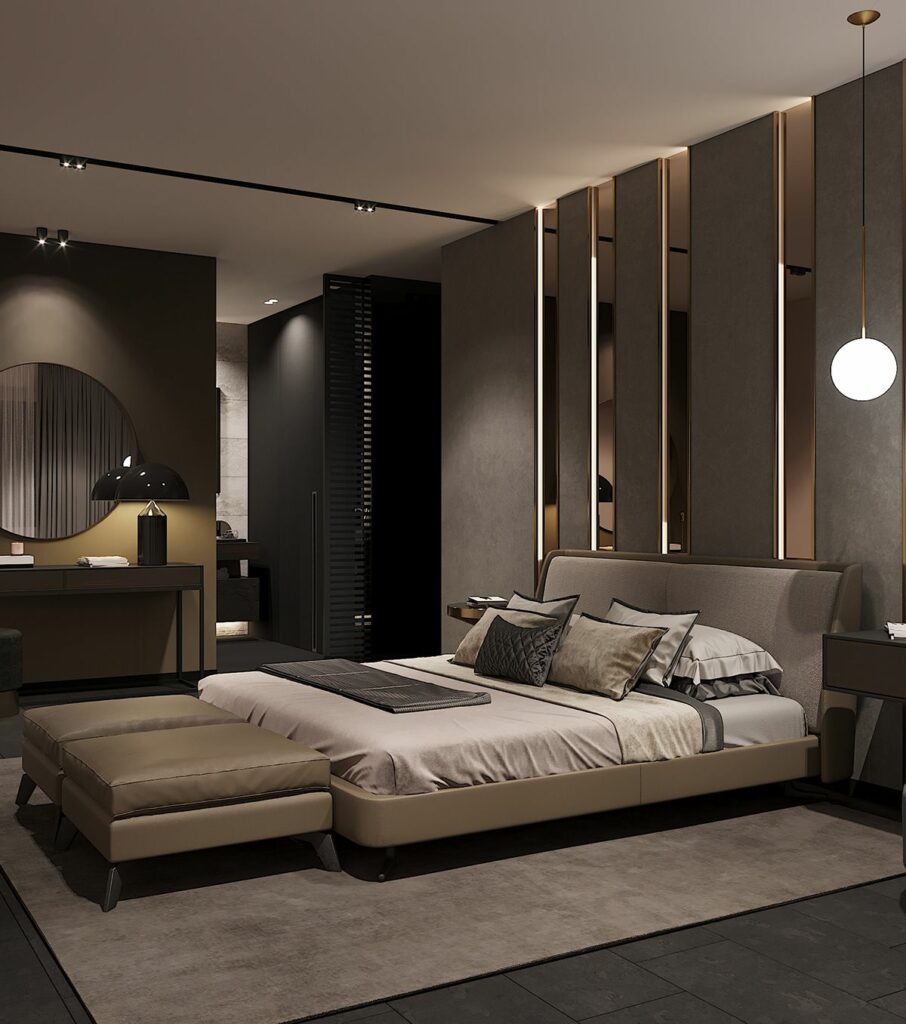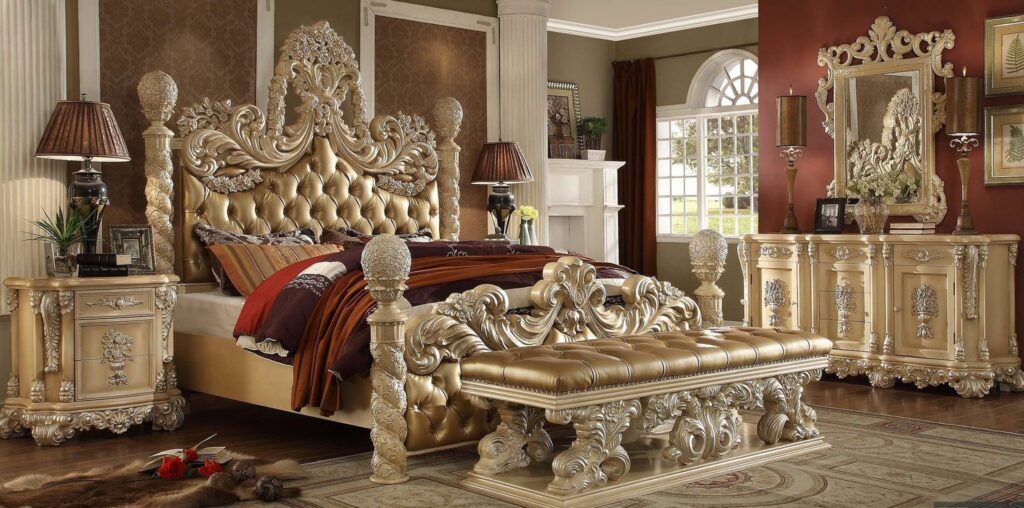Our quality of sleep affects every facet of our waking life, from work to relationships and everything in between, so it makes sense to choose a bed that helps us to get the rest we need while looking good amongst the rest of our bedroom decor.
Early prehistoric beds were made from piles of grass or leaves lining a small dugout in the earth, but since then, beds have evolved into an array of designs and styles to suit all kinds of sleepers, from adjustable toddler beds to mobility beds for the elderly.
Table of Contents
Decide On Your Preferred Style
Beds are the focal point of any bedroom, so it’s important that the bedframe you choose fits with your choice of decor. More ornate, vintage styles add an extra flourish to similarly-decorated rooms, or if you prefer something a little more maximalist, cushioned velvet headboards are now very much back in style.
If you’re looking for something a little simpler, a minimalist, streamlined bed frame can look very chic. One brand that does this especially well is Kasala, which offers a range of aesthetically-pleasing designs in tactile, comforting finishes such as linen, leather, or walnut.
How to Test a Bed
While there’s a wealth of information online available about bed styles, it’s generally best to go and test them out in the store. It might feel a little awkward at first, but store staff will be used to customers coming in and laying down on the display beds for a short spell to see whether they’re comfortable.
Work Out Your Budget
Avoid losing sleep over your decor expenses by drawing up a budget ahead of time to figure out how much you can reasonably afford to spend on your new bed. It may be that you can buy a new one, or you could purchase a second-hand bed frame.
Mattress Preferences
The one item you should never buy second-hand is a mattress. Used mattresses not only mold to the original owner’s body shape, but over time mattresses accumulate dust, dead skin, perspiration, and in some cases even pests such as bed bugs.
Since the mattress is the main part of the bed you’ll be using, choosing the right style and dimensions of your mattress is essential. To gauge whether you need a box-spring mattress, a latex orthopedic mattress, or something else, you’ll need to consider the following points:
- Sleeping style: For optimal comfort, choose a mattress that supports your natural sleeping style, whether you’re a front, back, or side sleeper. In any case, it should be one that supports spinal alignment as you rest.
- Size: While beds that are too big tend not to present too much of an issue, mattresses that are too short can be uncomfortable for taller sleepers.
- Weight: “Heavy” and “light” sleepers doesn’t just refer to REM patterns: if you happen to be on the larger side, you’ll need a firm mattress that will give you the support you need to feel comfortable, whereas slimmer types may sleep better with a foam mattress.
Size and Scale

While tailoring your bed to fit is key, it’s also important to consider the space around the bed. This goes for all other items of furniture in your room. In terms of both practicality and aesthetics it’s important to choose a bed that won’t take over a small space or, if you have a larger room, look oddly small. Before you shop, measure the dimensions of your bedroom (height, width, and depth) taking into account any other furniture and the general layout of the room.
Layout
Another tip comes from the Feng Shui tradition, which suggests putting your bed in a “command” position. Whether or not you subscribe to the concept of layout affecting overall energy in the home, placing your bed diagonally and in view of the door can subconsciously help us feel safer, and sleep better.
Sharing your Bed
Optimal feng shui placement also suggests providing space on either side of the bed, which also helps to evade any awkward “clambering” if you happen to share your bed with a partner. The topic of sharing beds can be a tricky one to navigate, especially if you have contradicting sleep schedules or health conditions that make it challenging for one (or both) of you to sleep comfortably.
While some advocate for sleeping in separate beds, a split mattress may be a good option for couples who can’t bear to sleep apart. Just make sure you visit the store together to test out your bed before purchasing.
Height and Width

Even if you’re a solo sleeper, you don’t necessarily need a single bed. Some people prefer an additional room to stretch out in, so if that sounds like you, consider a double size or queen instead. If you happen to share your bed with someone who prefers to sleep in the “starfish” position,” you may also want to go up a size or two.
While certain styles of the bed are low to the ground, traditional styles such as brass bed frames are built high up, which may be difficult (and potentially hazardous) for small children and those with health conditions, so bear this in mind.
Functional Features

Certain styles of beds such as ottomans, come with built-in storage to help maximize the space in your room and to keep things neat and tidy. Other styles, such as divan or “captain’s bed” style frames have cupboards and drawers built in to help you store clothing, linens and anything else you might need to stow away.
Some loft or high sleeper styles even have wardrobes and desks built underneath. Generally these are built for children aged six and over, but you can also get adult sizes too. Just take care not to bump your head, as the higher up you are, the closer you are to the ceiling. If you prefer not to use your room as a bedroom during the day, another option is a Murphy bed: a style that folds into the wall during the day.
